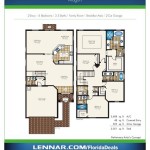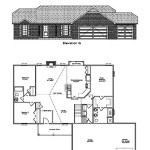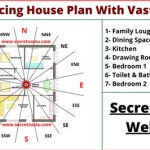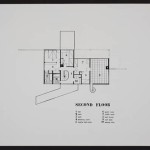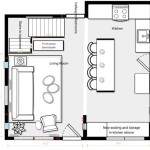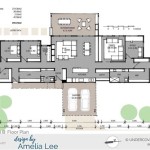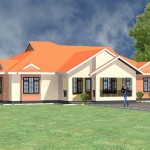Round House Floor Plans: A Comprehensive Guide to Their Essential Aspects
Round house floor plans, characterized by their circular or curvilinear design, have been gaining popularity due to their unique aesthetic appeal and functional advantages. These homes offer a blend of traditional and contemporary elements, providing homeowners with a distinct and visually striking living space. In this guide, we will explore the essential aspects of round house floor plans, highlighting their benefits, design considerations, and key features.
Benefits of Round House Floor Plans
Round house floor plans provide several notable benefits over traditional rectangular or square layouts:
- Organic and Harmonious Flow: Circular designs promote a sense of unity and fluidity, creating a more harmonious and organic living space.
- Energy Efficiency: Round houses have a smaller exterior surface area compared to similar-sized rectangular houses, reducing heat loss and improving energy efficiency.
- Enhanced Natural Lighting: The curved walls allow for more windows and natural light to enter the home, creating a brighter and more inviting atmosphere. li>Space Optimization: Round layouts effectively maximize space utilization, minimizing wasted corners and maximizing usable living area.
Design Considerations for Round House Floor Plans
When designing a round house floor plan, several key considerations should be taken into account:
- Structural Engineering: Round houses require specialized structural engineering to ensure stability and support the curved walls.
- Windows and Doors: Custom-shaped windows and doors are often necessary to fit the curved walls, which can impact the overall cost of construction.
- Furniture Placement: Round houses present unique furniture placement challenges due to the curved walls. Careful planning is required to create a functional and aesthetically pleasing layout.
- Building Materials: Round houses can be constructed from various materials such as wood, brick, or concrete. The choice of materials will depend on local building codes, climate conditions, and personal preferences.
Essential Features of Round House Floor Plans
Round house floor plans typically include several key features that enhance their functionality and aesthetics:
- Central Courtyard or Atrium: Many round houses incorporate a central courtyard or atrium, providing an additional source of natural light and ventilation.
- Curved Walls: The curved walls define the unique character of round houses and create a sense of flow and movement throughout the space.
- Integrated Landscaping: Round houses often seamlessly integrate with their surrounding landscape, utilizing curved pathways, patios, and gardens to enhance outdoor living.
- Multiple Entrances: Multiple entrances or points of access are common in round house floor plans, providing greater flexibility and convenience.
Conclusion
Round house floor plans offer a distinctive and functional alternative to traditional home designs. Their organic flow, energy efficiency, and enhanced natural lighting make them an attractive choice for homeowners seeking a unique and sustainable living space. By carefully considering the design considerations and essential features highlighted in this guide, homeowners can create a round house that meets their specific needs and preferences, blending beauty and functionality in a truly remarkable way.

Roundhouse In 2024 Round House Home Design Plans Floor

Two Bedroom Roundhouse

1 5 Story Roundhouse

10 Meter Roundhouse Natural Building Blog

Round House Building Plans With Photos

Round House In Taganrog Plan Of A Typical Floor Scientific Diagram

Round House Free Design 3d Floor Plans By Planner 5d

2 Story Earthbag Roundhouse Plan

Round Homes Continental Kit

33 10m Roundhouse Round House Plans Floor

